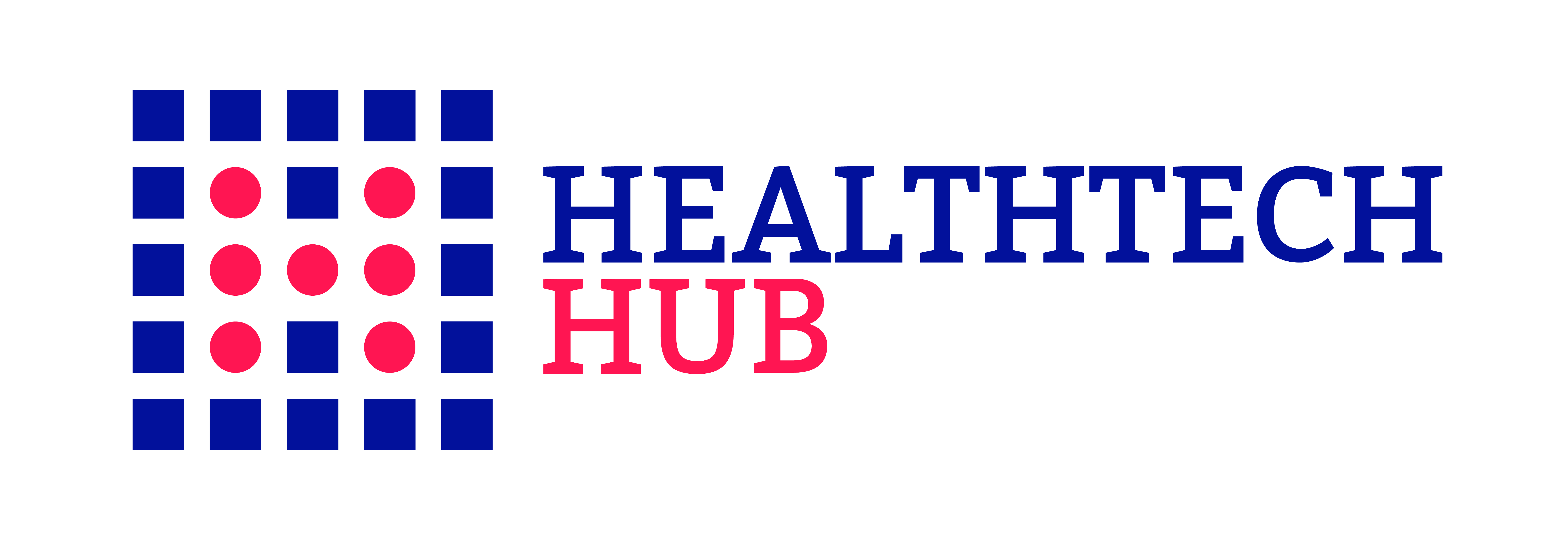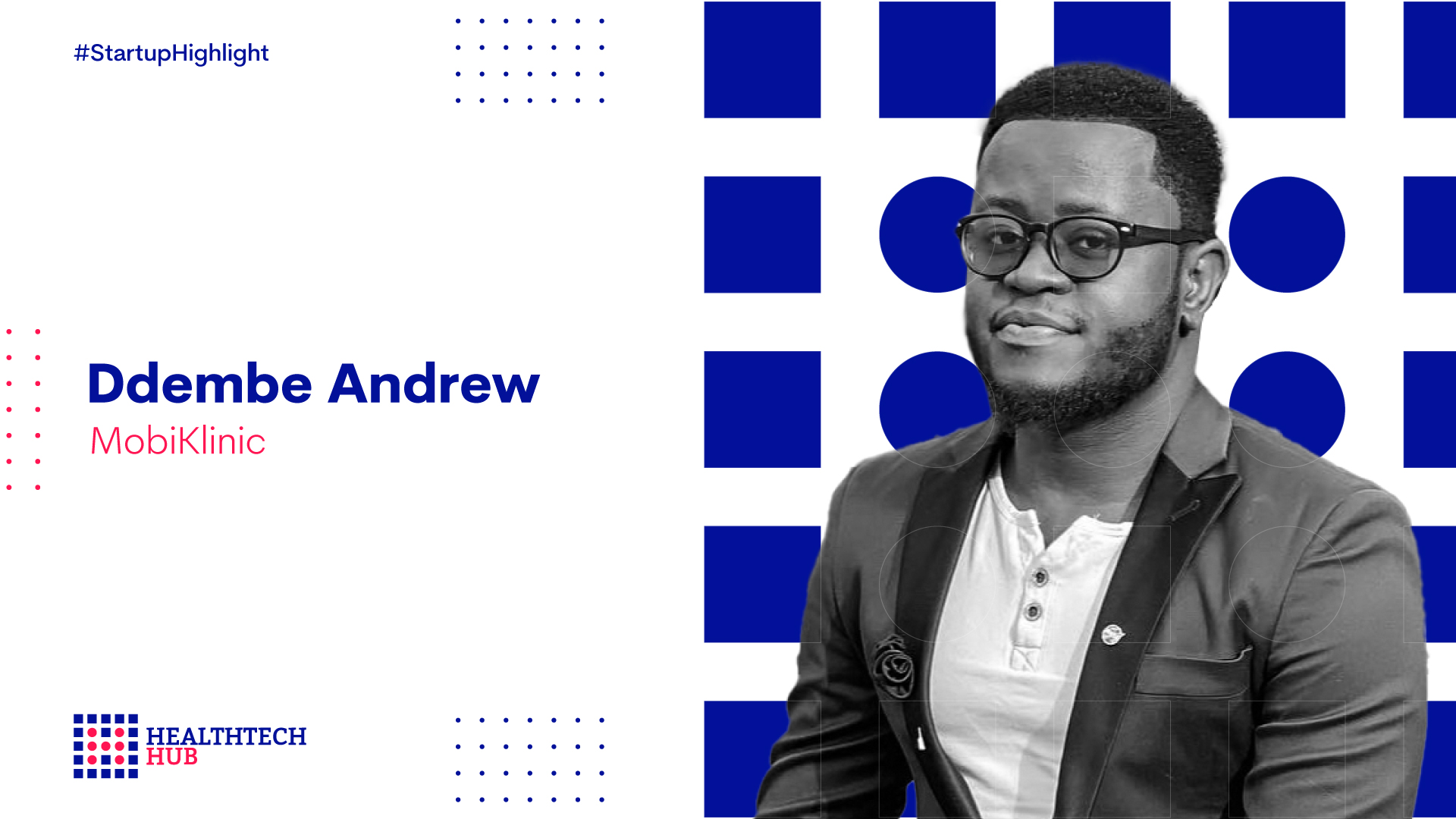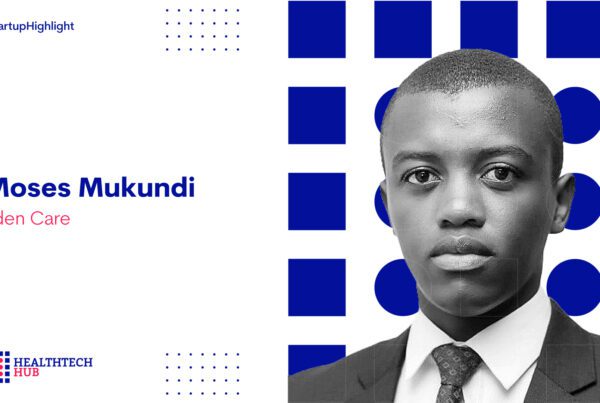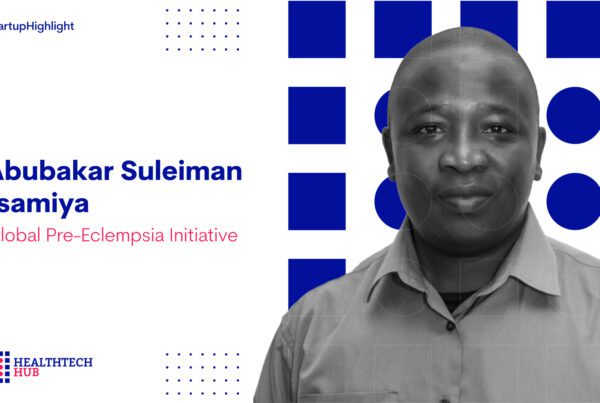Mr. Andrew Ddembe, good to have you today. Before we dive into Mobiklinic, Who is Andrew Ddembe? Please give us a brief preamble of who you are and your journey.
Andrew Ndembe is an individual who is so passionate about sustainable development, innovation, and social justice. And, so, much of my work rotates around these three. As I’ve mentioned, I am a lawyer by training, but I’m based towards health equity and social justice. I’ve also been an entrepreneur for the past 7 to 8 years. I represent Uganda In the African Union, European Union, and US Cooperation Hub, which focuses on development issues for young people, particularly in the business cluster.
So, that’s what I do, and that’s all about Andrew Ndembe, and I’m glad to be here. Thank you for having me.
So Mobiklinic. What is Mobiklinic, and how did it come about?
Mobiklinic is an African solution tailored for a big African problem.
How it came about, first, it starts with a personal story. About nine years ago, my grandmother had a stroke in a rural area in Uganda in Buikwe. When she got this stroke, the people who went to her rescue did not know the nearest health facility, let alone the fact that the facilities are very far from the people.
They also didn’t have so many ambulances, and what happened is the family in Kampala city called for an ambulance from the national referral hospital that had to drive 60 km down in Buikwe to pick her up and bring her to the hospital. By the time they reached, there had been a big delay in responding to her healthcare needs, and a few hours later, we lost her.
So, Mobiklinic responds to the healthcare needs of communities in low-income and last-mile areas. In these areas, there are few doctors.
In rural Uganda, there is 1 doctor for every 28,000 people; the other problem is that facilities are far from people. So, Mobiklinic ensures home-based healthcare in these low-income areas in a very practical and cost-effective manner, as I will later expand on that. That’s what we do; to revolutionize and ease access to healthcare and health delivery in low-income areas in Uganda and the vision also for Africa.
You could have answered the next question, but I’ll still ask, What are the main pain points that Mobiklinic is solving, and how are you solving them?
Okay, one is on access. We ensure timely consults within the communities. As I’ve mentioned, few doctors and health workers exist in our low-income communities. Because they are far from facilities, when people are sick, they tend to do self-medication. Self-medication is a big thing in these low-income areas of ours, especially in the rural ones.
When people have simple malaria, they take herbs. That can be fixed if at all there is access that can be gotten within walkable distance, and that’s why we ensure that we have a network of community health workers and that the people in these low-income areas can access them within walkable distance.
They can get timely consults, and the issue of timely consults is critical because it erases many situations that would escalate to dangerous situations. For instance, if somebody has simple malaria and they live in this area and fail to know it’s malaria by the time they get to the facility quite often because of a lack of timely consults, simple malaria has become severe malaria. That should give you a picture of why timely consults are needed in these communities.
But with Mobiklinic, these people can know within the shortest time possible that “Hey, this is Malaria,” so they begin taking their medication. So our pain point is on access. Access is a big challenge, and we solve that by ensuring community health workers are within walkable range, and this offers timely consults. It would sort the issue of labor because there is low labor in these areas.
People do not want to work in these areas because of low purchasing power. The majority of our people in these areas are poor. But at Mobiklink, we can join first-line respondents within the communities cheaply, and they call them community first aiders, which is very critical and important in these areas. So, we solve the issue of labor and access.
The other is, how do we utilize the few existing doctors? That’s a big challenge in Uganda and much of Africa. We have few doctors; as I’ve said, there is 1 doctor for 28,000 people in rural Uganda. That is far below the WHO recommendation of 1 for every 1000 for the very least.
So what do we do then? Our solution is about, number one, empowering community health systems and then, number two, creating a digital tool. This safety net tool enables an interface between the few existing doctors and these first-line respondents. So when community health workers are strengthened, they can interface with senior medics and get guidance, and they can help you sort out your issues. They can also use our tool to refer patients and call for an ambulance or emergency response. This is what we are doing, and this is how we are solving the pain points through three main things, solving labour, solving access, and ensuring a digital safety net to improve the quality of service.
Access to Health care in Sub-Saharan Africa remains the worst in the world, with few countries able to spend the $34 to $40 a year per person that the World Health Organization considers the minimum for basic health care. In your opinion, why do you think this is still a bottleneck in Africa?
It’s still a bottleneck mainly because of, to be straightforward, poverty. Poverty makes our people fail to afford healthcare or spend less on healthcare. One will always spend according to their level of income. Most of our population in Uganda and Africa are low-income earners. So, poverty is a big issue, and that’s why there are low purchase power markets in our market when it comes to healthcare.
For me, the major thing is poverty, and who do we need then to solve poverty? It’s not the health innovators, but it’s the duty of the government and stakeholders such as development agencies to ensure economic uplift of economic empowerment of the majority of our people. That way, once their income levels go up, they will spend higher on healthcare. So, that’s the major thing, poverty, and I don’t think it’s about to change any time soon, but gradually, when our Governments do the right thing, this problem can be solved.
Tell us, how is Mobiklinic innovating around improving access to Healthcare in low-income areas?
What we do is, number one, we go to the low-income areas on board with community members who are willing to commit to offering services as first-line respondents to their communities. These are onboarded and trained, and they are given a lifetime skill set that they can use to serve others and help different segments of the population in terms of basic first-line healthcare.
And they are deployed within the same communities that they live in. So you find that if Katende has come to visit me in Buikwe district and gets a terrible headache at night, within a walkable distance, Katende will be able to get first-line of care at least. They will not be scared that “Oh my God! The hospital is far, and I might die from here”. That is number one, which is empowering community health systems, and it’s what I’ve just explained by ensuring a well-trained network of community first-aiders or community health workers. The second bit is the digitized Mobiklinic app, the tool that eases their service delivery. This ensures that when they are stuck, there is a fallback of options, there is senior guidance from senior medics, there is referral as an option, and there is an emergency contact team. All this improves their service delivery.
The other one is recent; we’ve put up an e-learning platform, a one-stop center for training community health workers. This has content translated into key local languages across the East-African region.
There is Swahili, there is Luganda, and there is English. So, you find that this is going to accelerate our training of community health workers. We’ve partnered with Clarke International University, Health Studies University as a quality controller of our platform, and that’s what we are doing so far to ensure that we have more community health workers that are well trained and then to ensure that their service is eased. The Mobiklinic app improves their service delivery. So, that’s it with regard to that question.
According to the International Finance Corporation (IFC), the private sector delivers about half of Africa’s health products and services. In your opinion, what role can regulators or government bodies play in improving access to healthcare services in low-income areas?
Number one, I think the government needs to create a bridge between the private sector and the private players daring to enter these areas. So the government should not enjoy a monopoly in these areas while not delivering. Instead, the government should work with private players in these areas through public-private partnerships; that’s one way.
The other is that the government should create incentives for health workers and be well distributed across these areas. For example, in Uganda, the internship system for medical students is good because it rotates them around the country’s rural areas, which is one good step. However, more can be done. It can stretch to the nurses and all the other people.
The government can also create incentives for health workers in these low-income areas because although we have few health workers, they all prefer working in Kampala and the nearby suburbs. Yet the majority of these people are in low-income rural areas. So, the government needs to have a plan or a policy and think through how they can incentivize and make these people loved and also make them go to the low[1]income areas. So, I think the main thing is paying well, paying those who go into these areas cause the concern is always about payment.
For those that would need your products and services, how can they reach out to you?
The first way is to go to our website, which is www.mobiklinic.com. On there, we have our contact email and mobile number, and they can also get to know our different services and our previous work. So far, for those who are far away, that’s how they can get to us.
Mobiklinic was selected among the top 30 health tech startups in Norrsken and Novartis Foundation’s HealthTech 2021 Challenge. How important has this been for you? Have you raised any funding or grants or gotten key partners? How do you plan to capitalize on this?
Getting into the HealthTech Hub was an amazing step for us. We are very proud of it. We are very proud of the HealthTech Hub team, which has linked us to great mentors. We are very glad that two members they gave us joined our board. We’ve managed to get through the year’s grant close to 80,000 dollars.
Novartis and Norrsken have added to our credibility. Still, also we have an important discussion that will push us forward and seeing that we are one of the two companies from Uganda that are part of this top 30, we don’t take it lightly. We are very proud of it, and it speaks to our potential, and we are doing all possible to make sure that we make the Hub even more proud of us.
So, in-house, we have a product that we are still deliberating on and building. It will be to the cities, and it will also increase our revenue streams. So, I think it added much to our confidence, it added to our credibility, and it’s been some very good things that have come out of this HealthTech Hub, and we are so proud of it, and we commit to also being an ambassador of this Hub out here by showing great work and by impacting the communities.
What were your key highlights from participating in the Norrsken and Novartis Foundation’s HealthTech 2021 Challenge?
Our key highlights were during the key mentorship phase, where they gave us a Ugandan lady attached to us, Madam “Bright Asiimwe,” as an adviser and mentor during the program, and she’s been of great assistance to us.
So, that was a highlight, the period of mentorship, because there was a lot of learning and unlearning. Then the other was during the summit in June, getting to meet so many other amazing people who are having the fire, the passion for HealthTech, who are having the fire about solving Africa’s problems using technology in healthcare, and other stakeholders.
The other is in the Investment Readiness Phase, where they brought different HealthTech entrepreneurs who have managed to raise different sums of capital, and they shared with us tips, and we’ve been there to learn. I take those as some of my highlights in the HealthTech Hub.
Amazing! Andrew, thank you for taking the time to do this with us. We hope to catch up soon, Sir.
Thank you so much, Hamza





